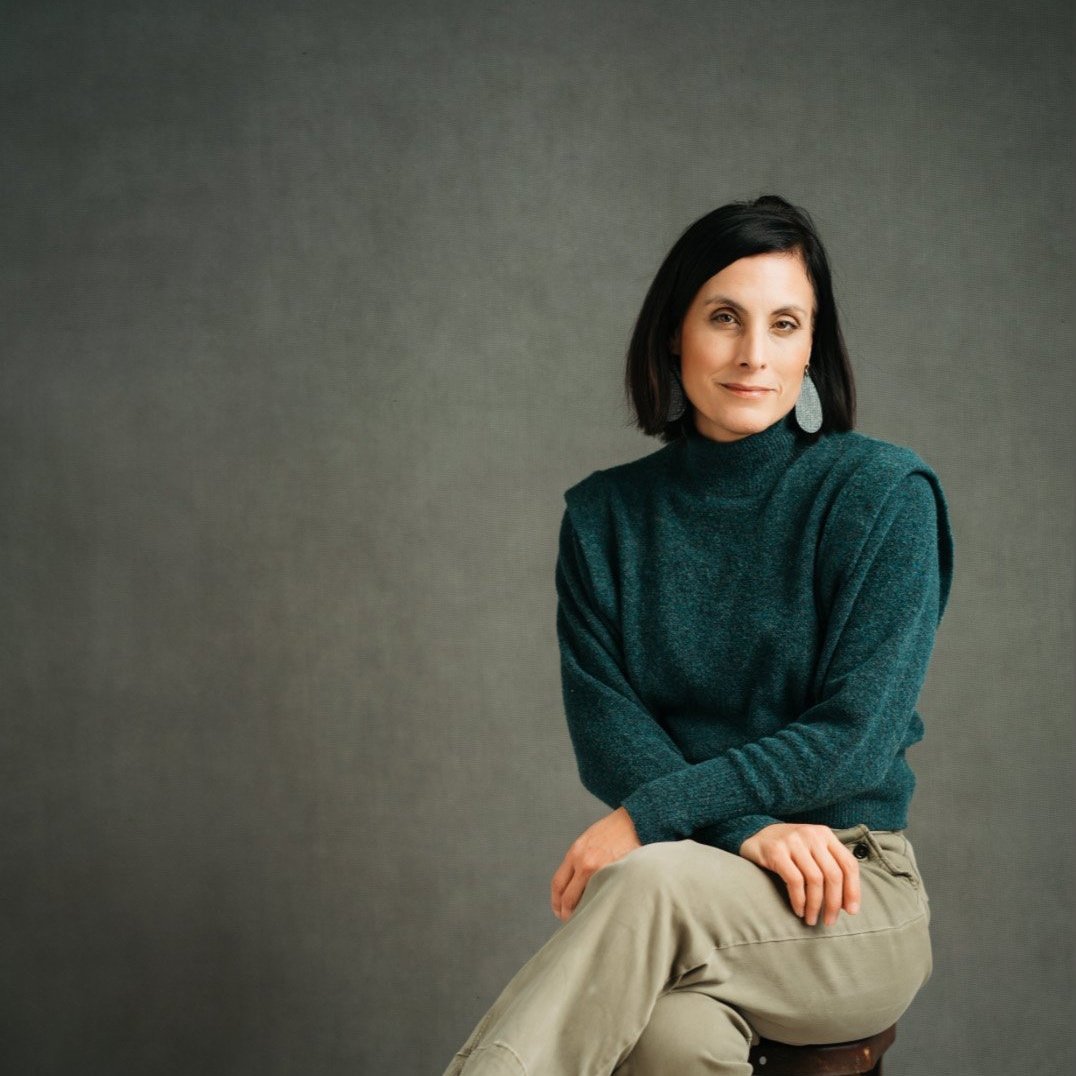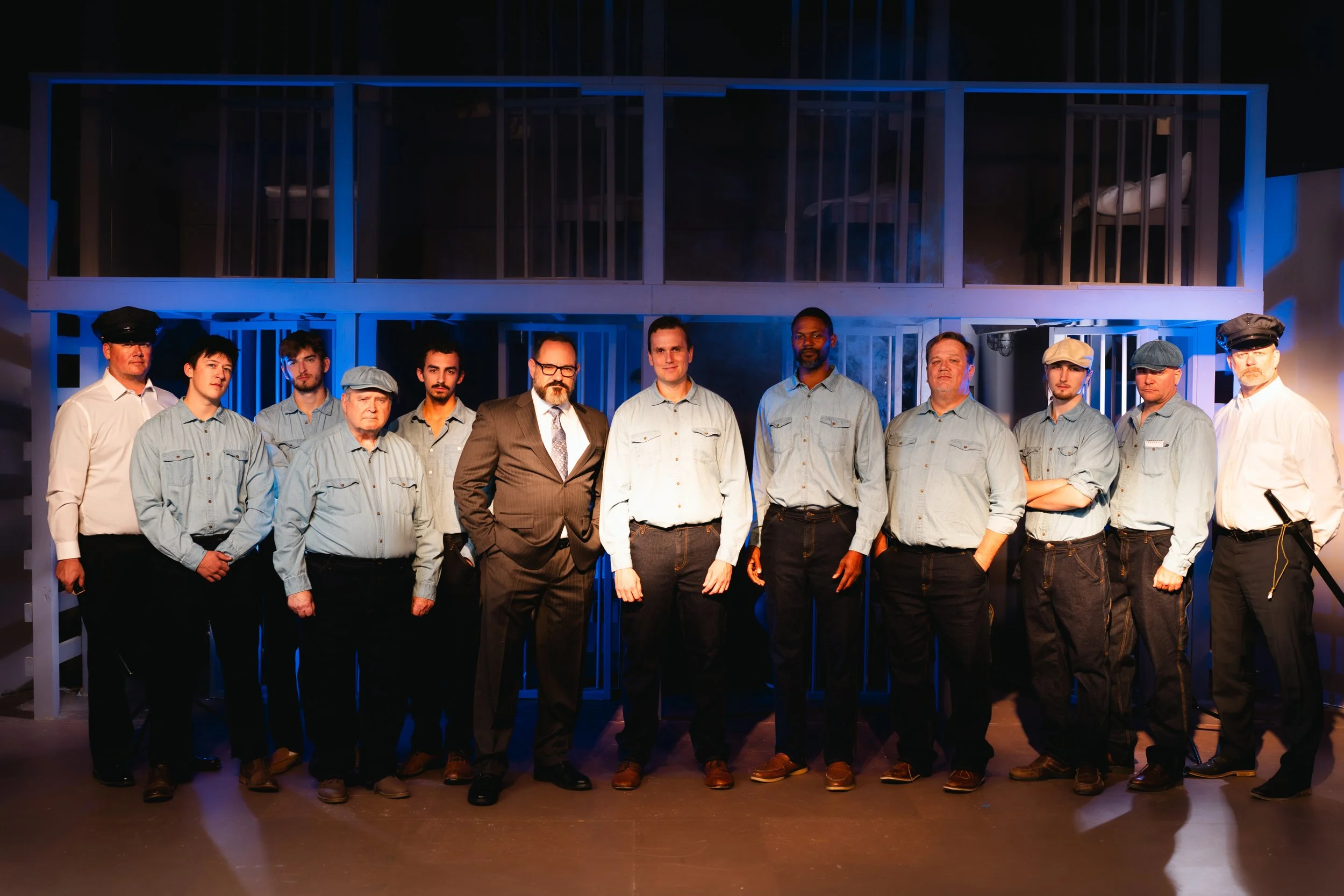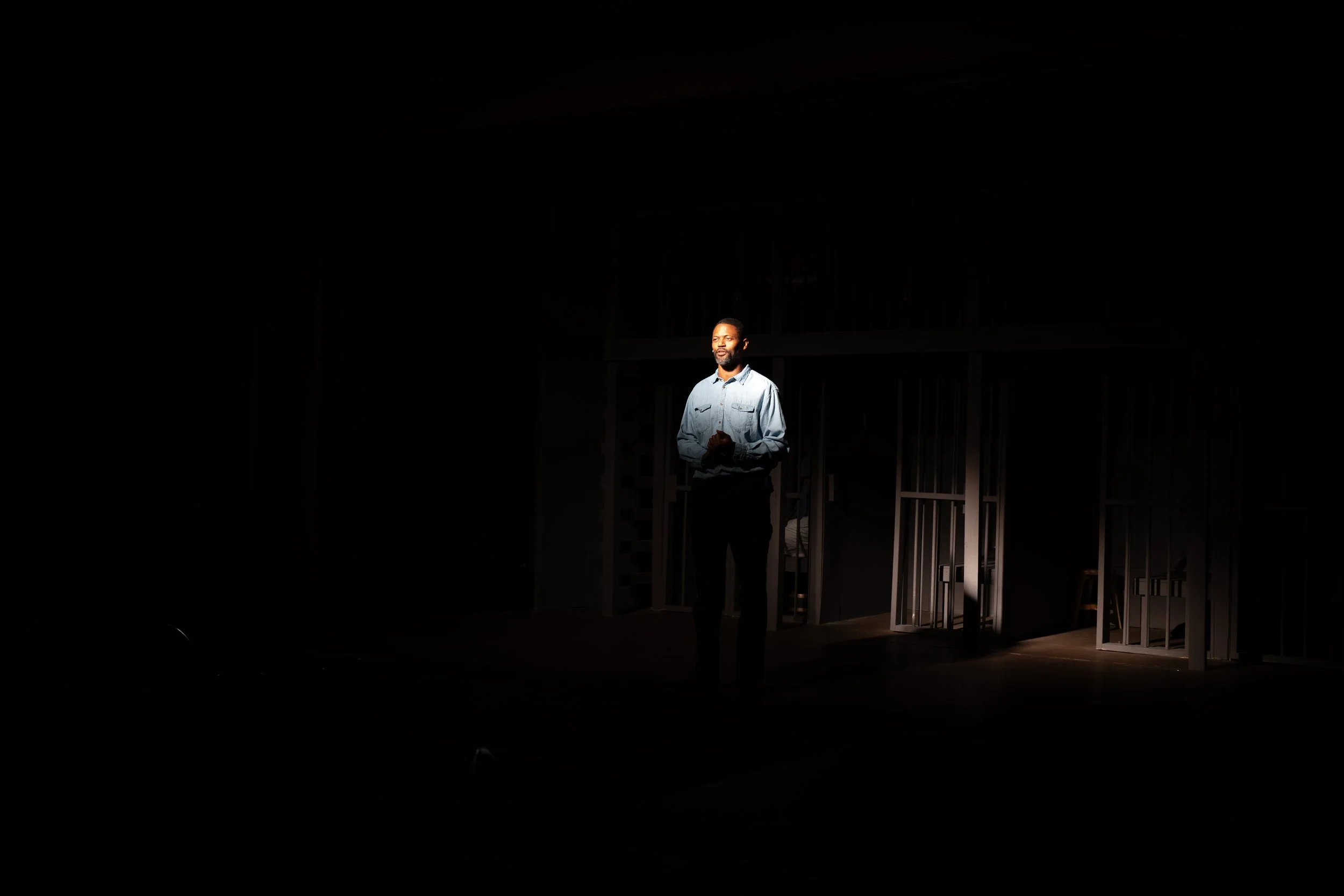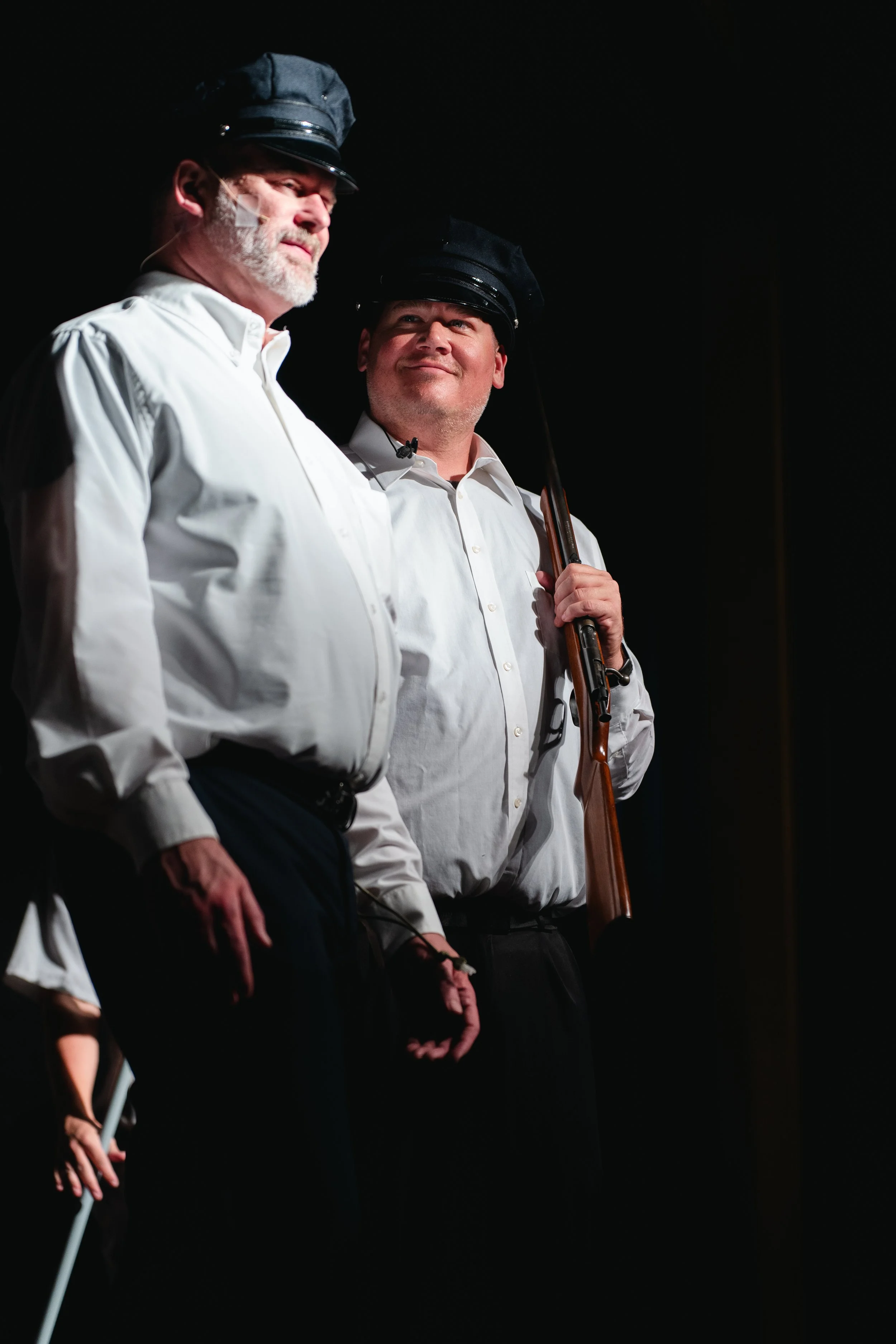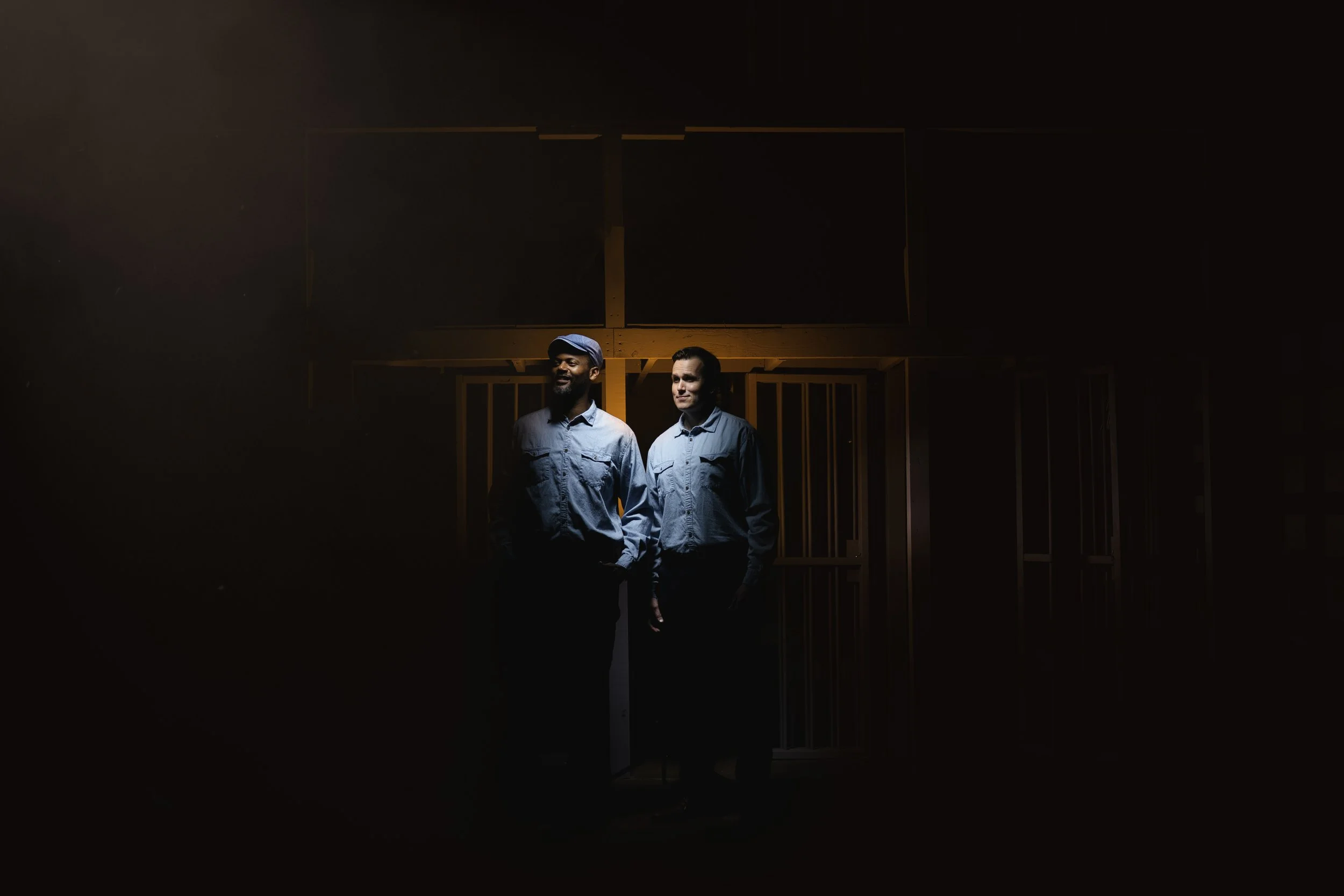Marketing your Theatre Productions
Behind the Curtain: Photographing Local Theatre
I started photographing theatre a few years ago after my youngest daughter joined a local production. I’ll be honest—I’d never been much into theatre. But she loved it. She was still in preschool when I first began taking simple headshots for Holton Community Theatre. Nothing fancy, just a few natural light shots in the doorway.
Even then, I believed, and still believe, that cast headshots are important. They give the performers a sense of pride and professionalism, and they help audiences connect names to faces before the curtain even rises.
For almost a decade now (which I still can’t quite believe), I’ve worked with our local theatre to help bring their productions to life visually. What started as simple headshots for the program has grown into full-blown media days-a key part of each show’s marketing and storytelling.
From Headshots to Media Days
We typically schedule our theatre photo sessions for the Tuesday of tech week. The energy is always electric—costumes are ready, sets are finished, and the cast is beginning to feel the heartbeat of the show.
We start with individual character portraits, capturing each actor in costume and in character. Then we move into group and scene shots, recreating key moments from the production. Finally, I photograph a full run of the show to capture the live action, those unscripted emotional moments that happen only when the lights hit the stage.
Capturing The Shawshank Redemption
Our most recent production was The Shawshank Redemption. For a small community theatre, this was a massive undertaking.
First off, this show demands real acting chops. It’s not an easy story to perform, and the emotional weight of the script is heavy. Then there’s the cast- an all-male ensemble of about a dozen actors, which in itself was a small miracle to assemble. And finally, the set. We built a two-story prison on our stage, complete with prison doors and cells. It was the most ambitious set our theatre has ever created. There was no way this professional photographer was going to cut corners. I was going to go all in. Interestingly enough the director didn’t have much thought as to what she wanted for this show. I have worked with her for a number of years and she trusts I will create something amazing. This was the perfect time to play with lighting, lighting gels, editing, and deliberate lens choice.
Because of the grit and intensity of the story, I knew I couldn’t stay in the back with a long lens this time. I needed to feel the tension. So I got close- knees on the stage, camera inches away from the actors as they performed. It gave them a chance to practice ignoring distractions before opening night, but it also gave me something I hadn’t expected: perspective.
A Shift in Perspective
When I saw the images afterward, I realized how much of a disservice I’d been doing by staying in the shadows. These up-close shots told a completely different story. They revealed the sweat, the emotion, the unspoken connection between the actors.
Theatre isn’t meant to be seen from a distance—it’s meant to be felt.
And that’s what these images did. They pulled you in. They made you lean forward. They made you want to see more.
The director and the cast loved them. And more importantly, they worked. These photos became the backbone of the marketing campaign—posters, social media teasers, local news features. People weren’t just seeing “another community play.” They were seeing an experience worth showing up for.
The Marketing Plan
Every production now has a consistent visual strategy:
Headshots: clean, consistent, and professional. These introduce the cast to the community and make every actor feel seen.
Character Shots: expressive, cinematic portraits that communicate the tone of the show and create buzz online.
Action Photography: real moments from rehearsals and performances that capture emotion and movement—perfect for press releases and social media storytelling.
Why It Matters
Theatre is one of the purest forms of storytelling, and it deserves to be captured with that same care. My goal with every shoot isn’t just to take pictures—it’s to help our community see the talent, creativity, and dedication behind each production.
These photos don’t just fill a program—they fill seats.
And that’s the magic of good visual storytelling.
Theatre has been an unexpected creative outlet. If you are interested in creative lighting I highly suggest your work with your local theatre.
Tips to get started with theatre photography
Call your local theater. Most theatres are small and it won’t take long to find the one in charge. Many theaters, like ours, doesn’ have a dedicated box office, staff, or phone number. Sometimes it is best to reach out via their website or Facebook page. Ask if they need help.
Secondly, your help will often come in the form of volunteer work. Many theaters are small so don’t have large marketing budgets to hire you at your typical hourly rate.
Attend practices before the tech week. I always like to get an idea of what the show is about and think through what the marketing might look like before the shoot.
Ask the theatre if you can help out on productions, concerts, and other events. It is all great experience.
Create sharable content for marketing. Easy to share graphics to promote things like purchasing tickets or asking for donations are really helpful to the theatre.
Remember- you are the only one who will get pictures like this. True, many will take pictures during the show, no one will get the same up front view you so during tech week. Take the opportunity to create pictures the actors will love.

